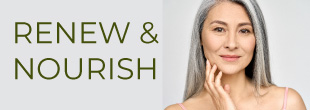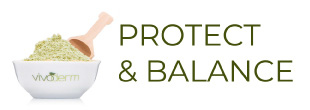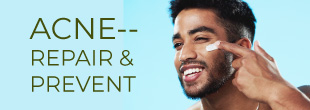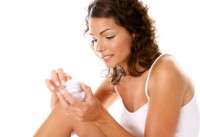Parabens Present In Skin Care Products Can Be Harmful
Parabens are basically synthetic preservatives that are used in personal care products as well as cosmetics, and foods. Parabens let skin care products to stay good for about a month and sometimes even a year. However, you should also know that skin care products with parabens enter your body and blood stream via your skin when you use them. Parabens can imitate hormones and disturb the functioning of the endocrine system.
Parabens are able to imitate estrogen and disturb the hormone system in the body. Excessive exposure to estrogen might enhance the risk of breast cancer. Studies have shown that concentrations of parabens have been found in human breast tumors. Endocrine disruptors can cause testicular swelling in young boys. However, this did not determine whether the cause of the tumors was the parabens present in skin care products.
The problem is that parabens are cheap and hence most big beauty skin care companies use parabens. That is why most people these days are in search of paraben free skin products. There are many great paraben free products available in the market which works equally well like their mainstream counterparts who indulge in the practice of using parabens.
One of the well known natural skin care brands that offer paraben-free products is Vivoderm. A Los Angeles based beauty skin care company. You can get a wide range of products under which you can use without any worries. These are absolutely natural based products made from non-toxic elements that help to treat your skin in a better way. So, next time when you are buying skin care products check the label and steer clear from buying products with paraben.





